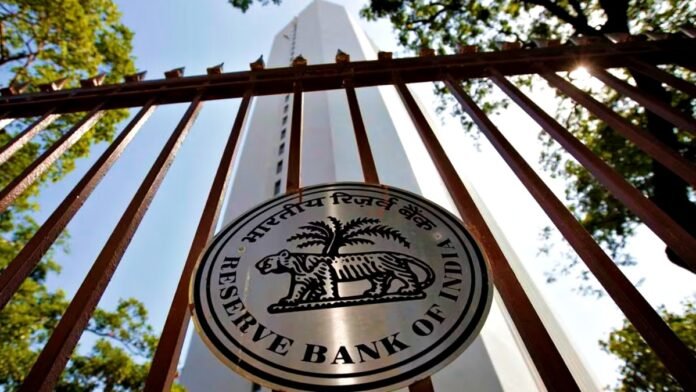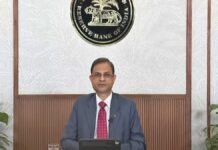
Key Points:
- India’s retail inflation fell to 3.34% in March 2025, the lowest since August 2019, mainly due to a sharp drop in food prices.
- RBI has already cut the repo rate twice this year, now at 6%, and is expected to cut it again in June.
- States saw varied inflation: Telangana lowest at 1.06%, Kerala highest at 6.59%.
- Further repo rate cuts could make loans cheaper and boost economic growth.
- RBI’s policy stance has shifted to “accommodative” to support growth amid global uncertainties.
Mumbai: India’s retail inflation, measured by the Consumer Price Index (CPI), dropped to 3.34% in March 2025 the lowest level in nearly six years driven by a significant fall in food prices. This sharp decline has strengthened expectations that the Reserve Bank of India (RBI) will continue its rate-cutting cycle at the upcoming Monetary Policy Committee (MPC) meeting in June.
Food Prices Lead the Decline
The main driver behind the cooling inflation was a steep drop in the prices of key food items. Ginger prices fell by 38%, tomatoes by 35%, and garlic by 25% year-on-year in March. Other items like cauliflower and cumin also saw double-digit declines. Food inflation overall eased to 2.69% in March, the lowest since November 2021.
While food became cheaper, some categories such as fruits, oil, sugar, spices, housing, education, and health saw modest price increases. Housing inflation stood at 3.03%, education at 3.98%, and health at 4.26% in March.
Regional Variation in Inflation
Inflation rates varied widely across states. Telangana recorded the lowest retail inflation at just 1.06%, offering significant relief to consumers. In contrast, Kerala saw the highest rate at 6.59%. Major states like Delhi, Uttar Pradesh, Punjab, and Himachal Pradesh reported below-average inflation, further easing the burden on households.
RBI’s Policy Response: More Rate Cuts Expected
With inflation now well below the RBI’s 4% target, the central bank has already cut the repo rate twice this year, bringing it down to 6%. The RBI has also shifted its policy stance from “neutral” to “accommodative,” signaling a focus on supporting economic growth amid global uncertainties and trade tensions.
Economists widely expect another 25 basis point (0.25%) cut in the repo rate at the June MPC meeting, with the possibility of further reductions later in the year if inflation remains subdued. Some forecasts suggest the repo rate could fall to 5.25% by the end of FY2026.
Impact: Cheaper Loans, Boost for Growth
Lower repo rates mean banks can borrow more cheaply from the RBI, which typically leads to reduced loan interest rates for consumers and businesses. This could make home, auto, and business loans more affordable, potentially spurring demand in key sectors like real estate and consumer goods.
Outlook: Inflation to Stay Under Control
The RBI and economists believe that inflation will remain under control in the coming months, supported by stable food prices, a favorable monsoon forecast, and steady agricultural output. However, they caution that rising temperatures could impact perishable food prices, and global uncertainties remain a risk.
“The larger-than-expected decline in Indian consumer price inflation in March, which dips further below the RBI’s 4% target, reinforces our belief that the central bank will ease monetary policy more than the consensus anticipates in the upcoming months.”
As the RBI prepares for its June policy meeting, all eyes are on further rate cuts that could provide much-needed relief to borrowers and help sustain India’s economic momentum.


















































